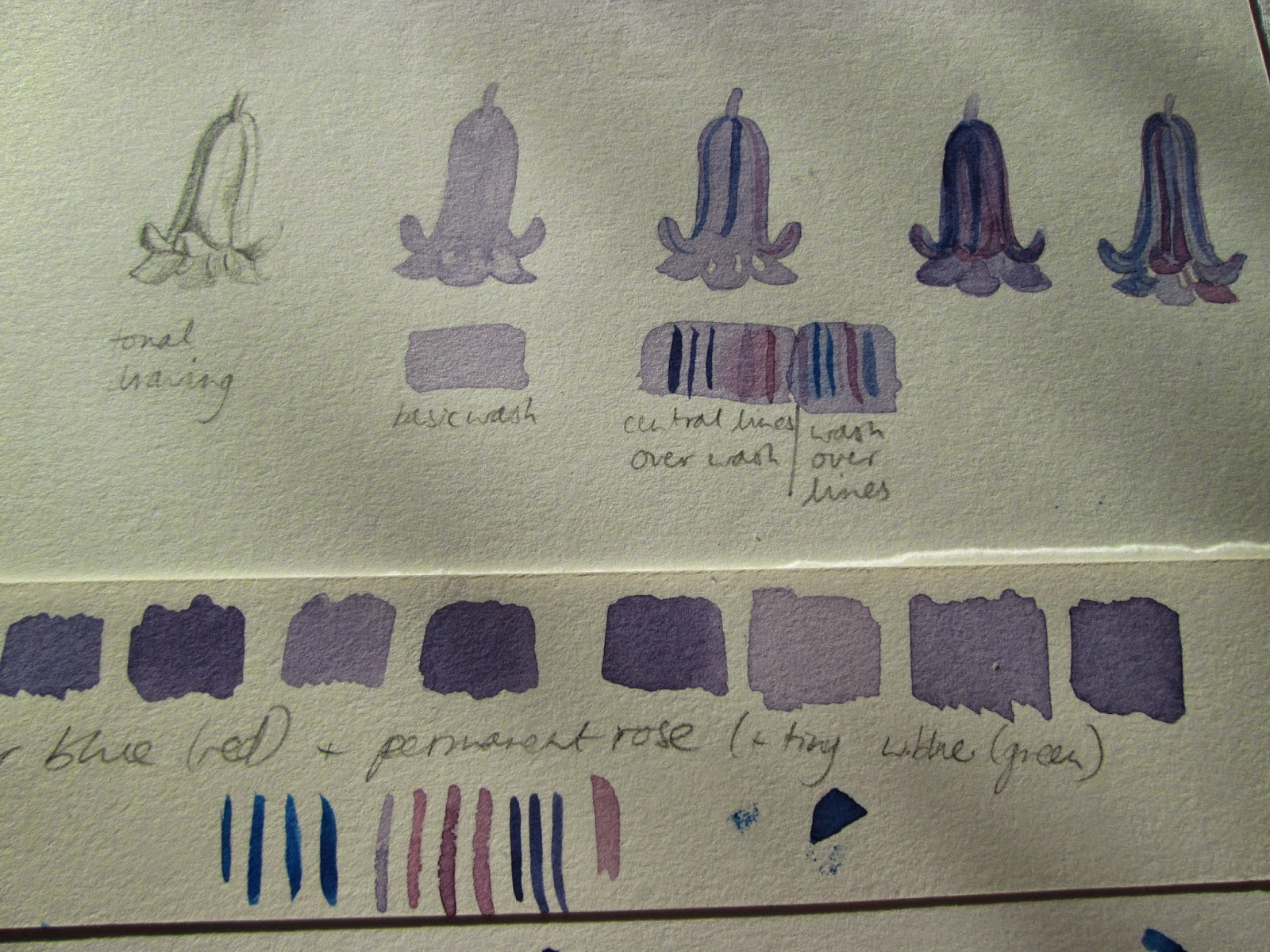Wow! Thank you to the lovely Jill at Emerald Cottage who has nominated me for the Liebster award.
This is an on-line award given by bloggers to new bloggers. There are several things for me to do as a nominee:
1. Post 11 random facts about myself.
2. Answer 11 questions posed by my nominator.
3. Nominate 11 blogs with less than 200 followers for the award.
4. List 11 questions of my own for them to answer.
Ok, here goes! I'll do part 1 today. Hmmm ... 11 random facts about me:
1. I am a poetry addict.
There - I've admitted it. I have been mad about poetry for as long as I can remember, and back when I did English at university it featured heavily in my studies. The concentrated language and ideas are amazing. My favourite poets are Ted Hughes, Robert Burns, W.B.Yeats, Dylan Thomas and Byron, to name but a few.
2. I am a vegetarian.
I became one over 20 years ago, and don't eat meat or fish. I never liked the taste of meat as child, but have always loved vegetables and veggie food. When I was about 13 my parents let me eat a cheese and tomato pizza for Christmas lunch! The rest of my family are vegetarian too.
3. I play the violin.
After giving up learning at school when I was 9, I took lessons when I was 39 and got to Grade 3 level before starting work again after being at home when my children were young. Doing my Grades 1 and 2 were a bit scary, but it was great learning and my favourite things to play are jigs, reels and hornpipes.
4. I have a weakness for buying candles, lanterns and baskets.
My husband and children hurry me through any shop which contains these items, telling me 'You've already got lots!' It's hard to resist - they come in so many varieties...
5. Colour is very important to me.
I love playing with colour combinations. I have very definite ideas about what goes together and what doesn't and have to remind myself to loosen up a bit and go with the flow.
6. I love Cornwall.
We have a holiday there most summers and I just love the fresh coastal scenery and relaxed holiday vibe. No wonder so many artists and crafts-people settle there - it's so inspiring!
7. My favourite animals are hares and red squirrels.
I have never seen either of them in real life but live in hope. Hares are wild and enigmatic, and squirrels are beautiful and their movements so fluid.
8. I love to discover new words.
I recently discovered the word 'petrichor' which means 'the scent of rain on dry earth, or the scent of dust after rain'. I was so excited - who knew there was a word for that?
9. My favourite foods are cheese and crisps.
Oh dear, they're not exactly low in fat, so I do have to ration myself. I love blue cheeses, like Dorset Blue Vinney and I pretty much like crisps in general, so I try not to have them in the house!
10. I can't watch tv without crocheting/sewing/knitting at the same time.
Sitting just watching feels weird - I need to make something as well.
11. I am a cloud-spotter.
It's so easy to miss what's going on in the sky above our heads when we're dashing around living our busy lives, but once you start to notice it becomes a habit. I am constantly amazed at how beautiful clouds are and am fascinated by their varieties and what they signify, weather-wise.
Right, that's some random facts about me - time for a cup of tea.
See you soon x




























.JPG)



































